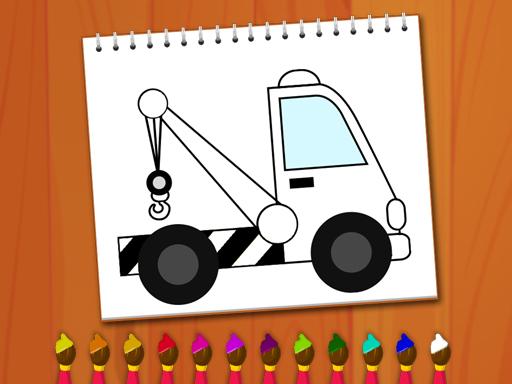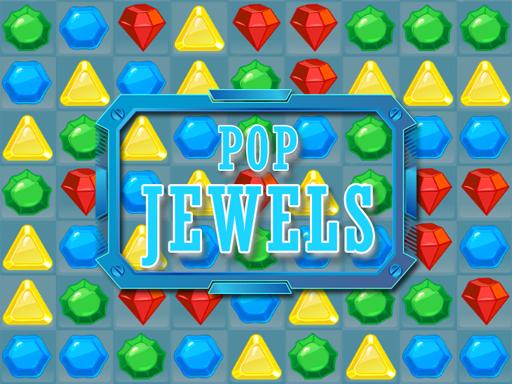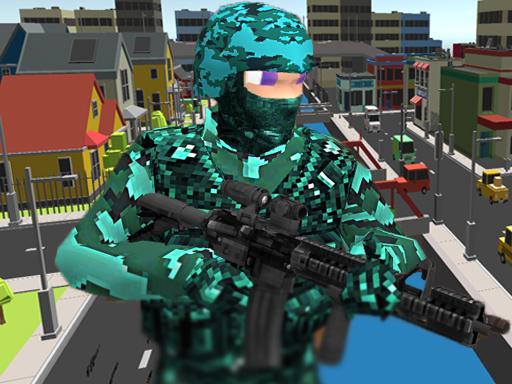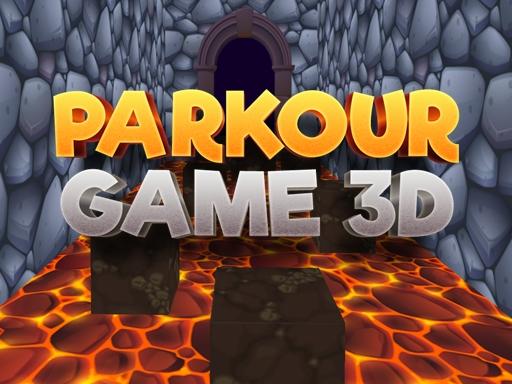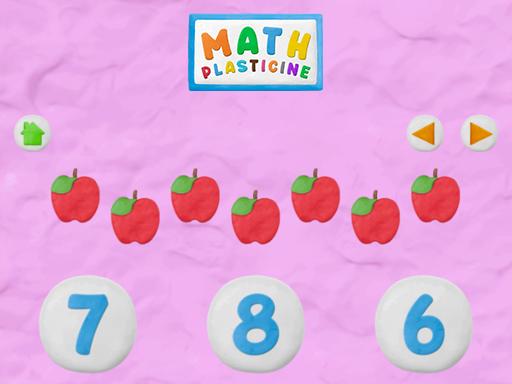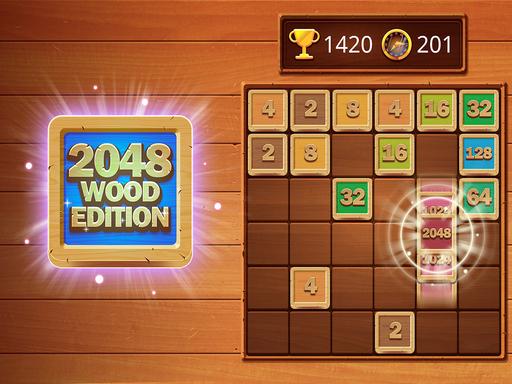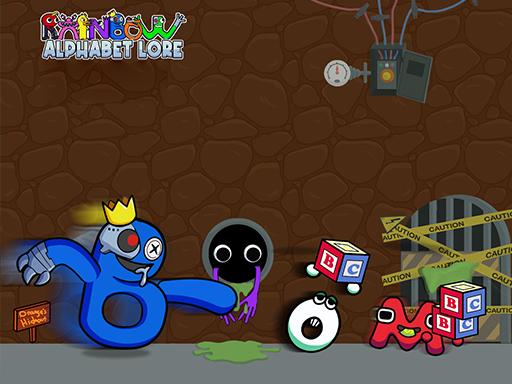New Games
Math Plasticine
Introduction and How to Play Math Plasticine: A Detailed Guide
Math Plasticine is an innovative and engaging educational game designed to improve mathematical skills through a fun and interactive gameplay experience. Combining elements of puzzle-solving, creativity, and critical thinking, Math Plasticine is ideal for students, teachers, and anyone looking to sharpen their mathematical abilities in a unique way. The game utilizes the concept of plasticine (or clay) to represent numbers and mathematical operations, offering an intuitive and hands-on approach to learning math. This article will introduce the game, explain its gameplay mechanics, and provide helpful tips for players to maximize their learning experience.
What is Math Plasticine?
Math Plasticine is a puzzle-based math game where players are tasked with solving mathematical problems by manipulating colorful, plasticine-like shapes that represent numbers and operations. The game focuses on different areas of mathematics, such as addition, subtraction, multiplication, division, and geometry. As players progress, the challenges become more complex, requiring creative thinking and problem-solving to succeed.
The main concept of Math Plasticine is to use the plasticine figures to visualize mathematical problems. For example, the shapes can be molded or arranged in various ways to demonstrate operations like addition or subtraction, helping players better understand the underlying concepts. The hands-on nature of the game provides a unique way to reinforce mathematical skills, making learning both enjoyable and effective.
Key Features of Math Plasticine
- Hands-On Learning: Unlike traditional math games, Math Plasticine incorporates tactile elements, allowing players to physically manipulate shapes and figures. This approach helps players develop a deeper understanding of mathematical concepts by visualizing them.
- Multiple Difficulty Levels: Math Plasticine is suitable for players of all skill levels. The game starts with basic operations like addition and subtraction and gradually introduces more advanced concepts like multiplication, division, and even basic geometry. This progression ensures that players are constantly challenged and engaged.
- Colorful and Engaging Graphics: The game features vibrant, colorful plasticine shapes that add an element of fun to the learning process. The visuals are simple yet appealing, keeping players engaged while they work through various math problems.
- Interactive Puzzle Solving: Players solve math problems by manipulating the plasticine figures in a creative and interactive way. This encourages critical thinking, as players must think about how to rearrange the shapes to arrive at the correct answer.
- Educational Focus: Math Plasticine is designed to reinforce and develop mathematical skills. The game focuses on helping players understand and apply mathematical concepts rather than simply memorizing formulas or solutions.
How to Play Math Plasticine
1. Starting the Game
Once you start Math Plasticine, you’ll be introduced to a colorful interface where you can choose your desired difficulty level. The game offers various options, such as basic addition and subtraction for beginners and more advanced challenges involving multiplication, division, and even shapes and geometry for more experienced players.
2. Understanding the Gameplay Mechanics
The gameplay is centered around the manipulation of plasticine figures, each representing a number or mathematical operation. Here’s how to play:
- Basic Operations: The first levels introduce you to simple arithmetic, such as addition and subtraction. You’ll be given a set of plasticine figures, and you need to arrange them to solve the problem. For example, if the problem asks for the sum of 3 + 2, you would place three plasticine figures next to two more, showing that the total is five.
- Multiplication and Division: As you progress, you’ll encounter multiplication and division problems. To solve these, you might need to arrange the plasticine figures into rows or groups. For example, to represent 3 x 4, you could arrange 3 rows with 4 figures in each row, showing the total of 12.
- Geometry Challenges: Some levels introduce basic geometric shapes like squares, triangles, and circles. You’ll use plasticine figures to create shapes and solve problems related to area, perimeter, or volume. For instance, you might be asked to create a rectangle with specific dimensions and calculate its area.
- Interactive Problem Solving: The game will often ask you to manipulate the figures in ways that require a bit of creativity and experimentation. If you make a mistake, the game will offer hints or let you retry the problem until you find the correct solution.
3. Using Hints and Tools
If you’re stuck on a problem, Math Plasticine offers a helpful hint system. The hints guide you step-by-step on how to approach the problem. However, you’ll need to rely on your own thinking and creativity to solve the puzzle. Additionally, some levels provide tools to help you manipulate the plasticine shapes, such as resizing them or changing their orientation.
4. Progressing Through Levels
The game is divided into multiple levels, each with different mathematical challenges. The levels are designed to gradually increase in difficulty, ensuring that players continue to learn new skills while mastering the basic ones. As you advance, the game introduces more complex math problems, incorporating a mix of operations and geometric tasks.
- Stars and Rewards: At the end of each level, you will earn stars based on how well you solved the problems. The more accurate and quicker you are, the higher the score. These stars can unlock new levels or provide additional rewards to enhance the game experience.
- Unlock New Challenges: Completing levels successfully unlocks additional challenges. These challenges test your understanding of previously learned concepts, allowing you to build upon your skills and explore new mathematical areas.
5. Competing and Comparing Scores
For those who enjoy a competitive element, Math Plasticine includes a leaderboard that allows players to compare their scores with others. This adds a fun, social aspect to the game, motivating players to improve their skills and achieve higher scores.
Tips for Success in Math Plasticine
- Take Your Time: Although the game involves puzzles, don’t rush through them. Take your time to carefully manipulate the plasticine figures and think about the math behind each problem. Slow and thoughtful approaches often lead to better results.
- Understand the Concepts: Rather than memorizing solutions, focus on understanding the underlying math concepts. Math Plasticine is designed to help you visualize and understand mathematical operations, so pay attention to how the shapes represent numbers and equations.
- Use Hints Sparingly: While the hint system can be helpful, try not to rely on it too much. Challenge yourself to solve the puzzles without them to strengthen your problem-solving skills.
- Practice Regularly: Like any educational game, regular practice is key to improvement. The more you play, the more you’ll develop your understanding of various mathematical concepts, from basic arithmetic to geometry.
- Experiment with Shapes: If you’re stuck, try rearranging the shapes in different ways. Sometimes, a little experimentation can help you see the solution more clearly.
Conclusion
Math Plasticine is a fun and educational game that provides an interactive way to learn and improve mathematical skills. By using tactile, plasticine-like figures to represent numbers and operations, the game allows players to engage with math in a creative and visual manner. Whether you’re a student looking to reinforce your math knowledge or an adult wanting to brush up on basic concepts, Math Plasticine offers a fun and effective learning experience. By progressing through levels, using hints wisely, and practicing regularly, players can enhance their understanding of math while enjoying an immersive and hands-on gameplay experience.
Instructions
Click on the correct answer.
 Home
Home Popular Games
Popular Games Categories
Categories
